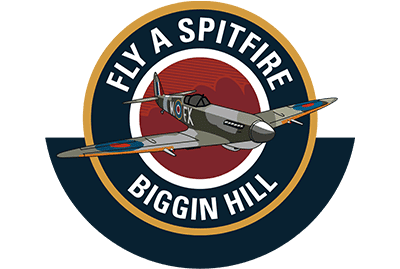P-40 Warhawk: America’s Avenging Angel
December 10th, 2022
8 minute read
Pilot Officer Jock Adamson was in a foul temper. A product of the little town of Rockhampton on the northeast coast of Queensland, Australia, Adamson had been flying in North Africa with the Desert Air Force for three months. He was assigned to No. 3 Squadron of the Royal Australian Air Force flying Curtiss P-40E Kittyhawks.
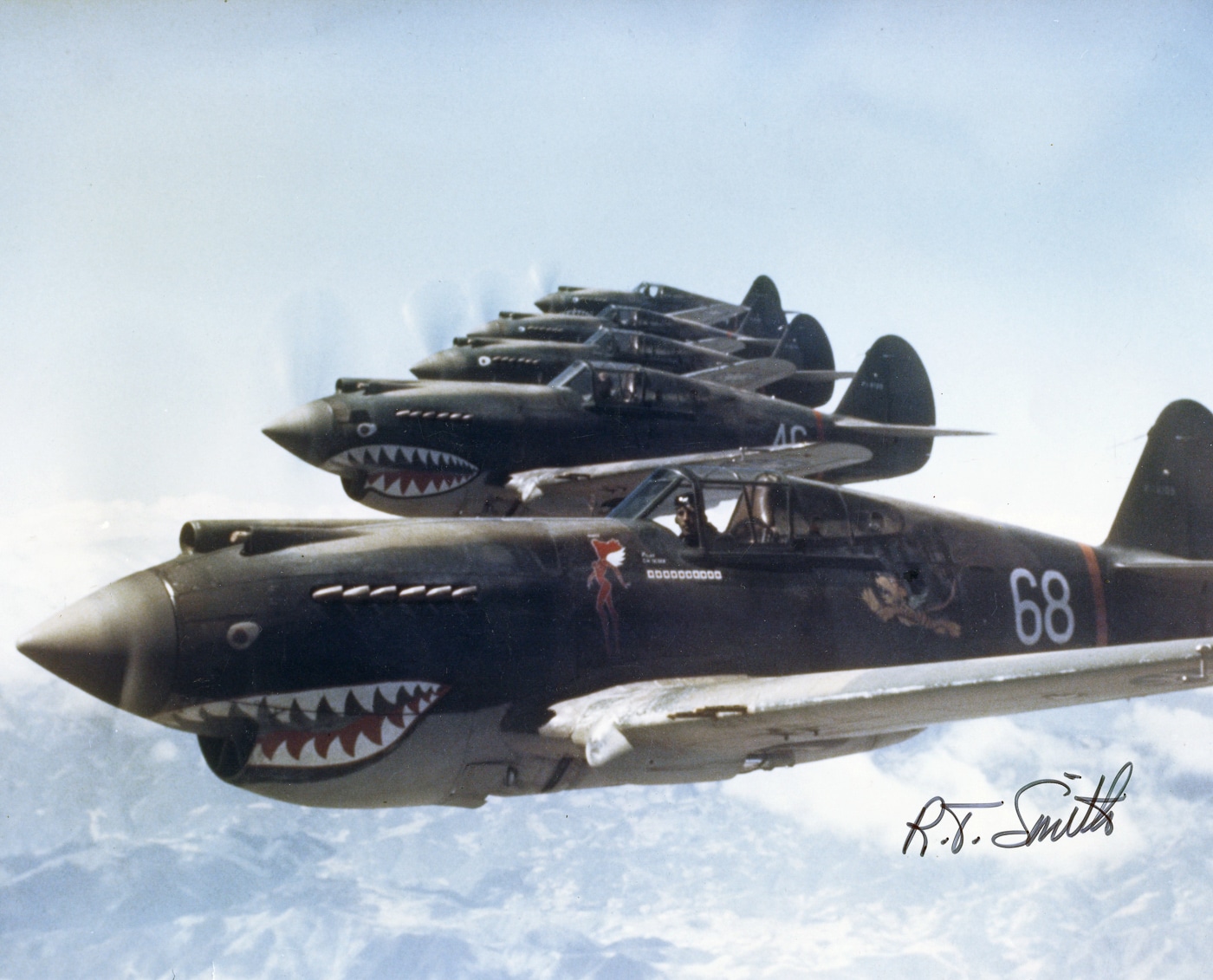
It had taken him about three minutes to grow weary of this place. Dry, hot, miserable, and bereft of both booze and women, this part of the world had little to commend it. Combine this with the fact that the Germans and Italians tried to kill him both day and night and you had the chemical formula for a sour attitude.
It was April 7, 1943, and Pilot Officer Adamson along with his wingman were on the hunt. The war on the ground swept back and forth as the British 8th Army slugged it out with the Afrika Korps. The Afrika Korps would surrender a short five weeks later, but for now they yet remained a formidable force.
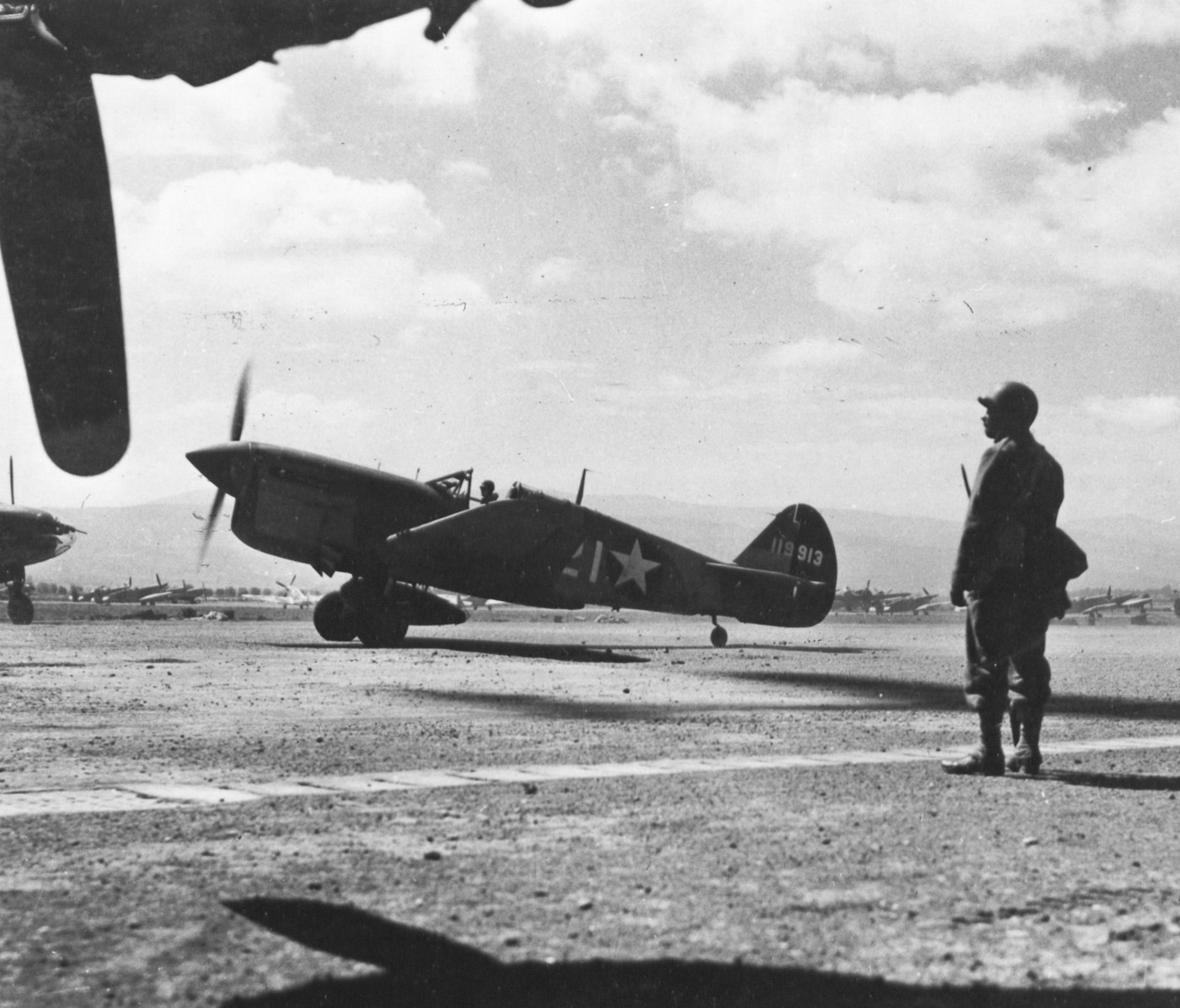
On this day a German column was making a rare daylight convoy movement. Jock and his mate spotted the dust cloud a dozen miles away. Dropping down to 100 feet off of the parched arid ground, the two Australians advanced the throttles on their powerful Allison engines and closed in for the kill.
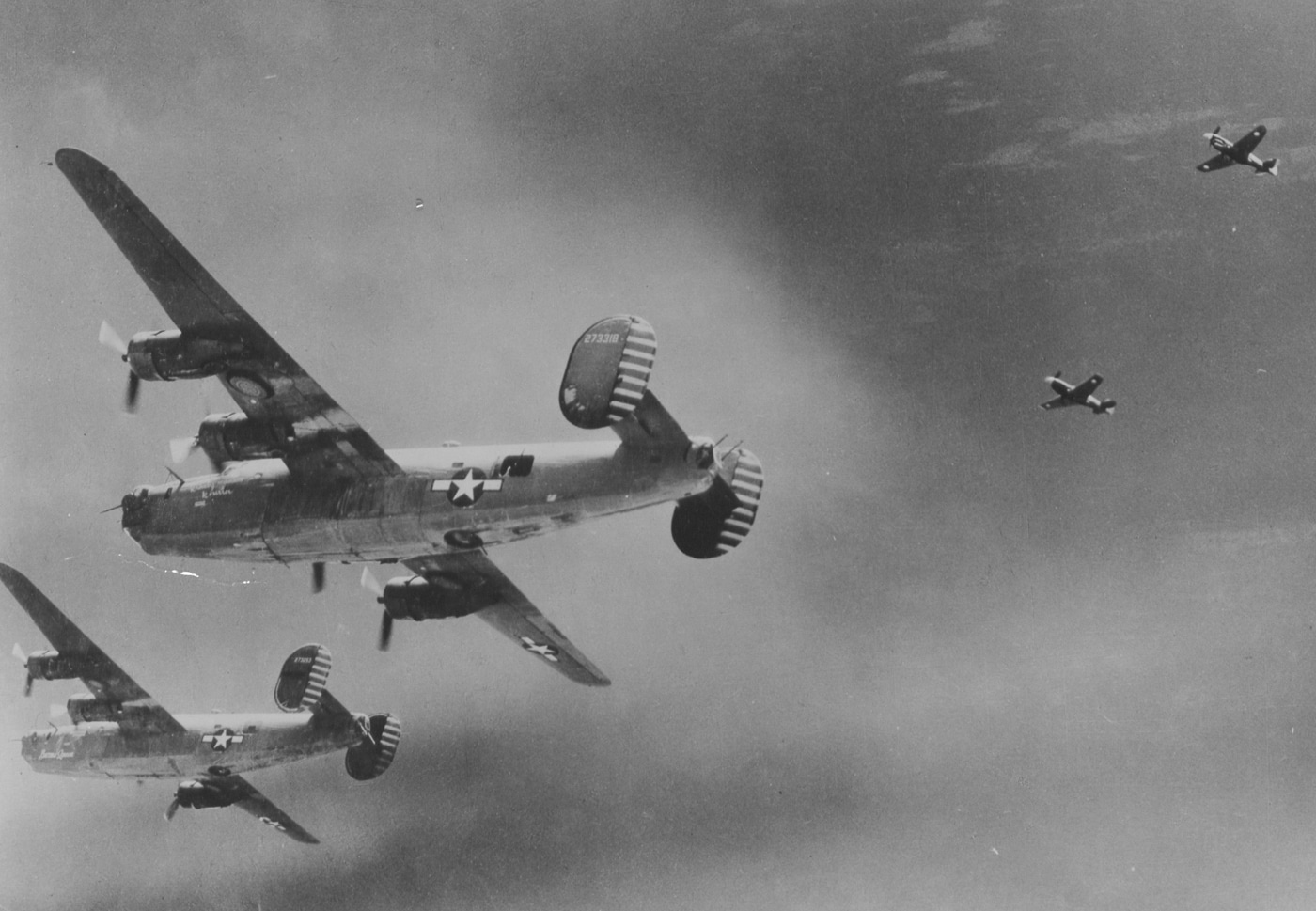
The combination of their low altitude and the cacophonous noise of the German Maybach engines masked the approach of the two Allied fighters. The first inclination the marching Germans had that something was amiss was when a sleeting hail of heavy fifty-caliber bullets swept over the length of their column. Afrika Korps Landsers leapt off of their tanks and out of their trucks to seek refuge in the sparse cover on the sides of the desert track. Without a proper ditch or any foliage, however, the Germans were all but helpless.
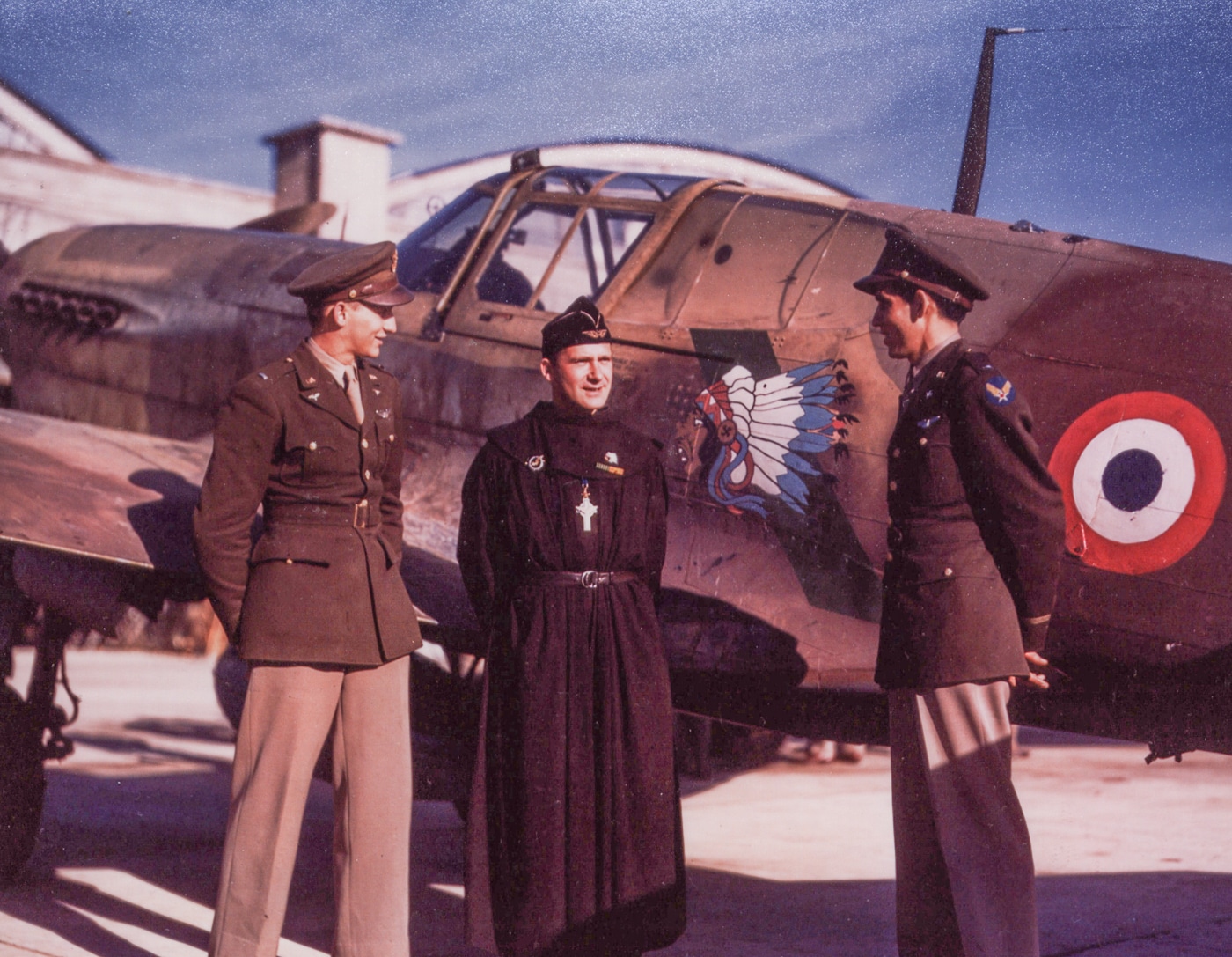
The two P-40’s swooped up and over, reversing course for another pass from the opposite direction. This time a few Wehrmacht soldiers fired back with their Kar98k rifles and a handful of MG34 machineguns, but they still stood little chance against the marauding Curtiss fighters. Jock and his wingman once again unlimbered their half dozen .50’s to sow carnage across the German motorized convoy.
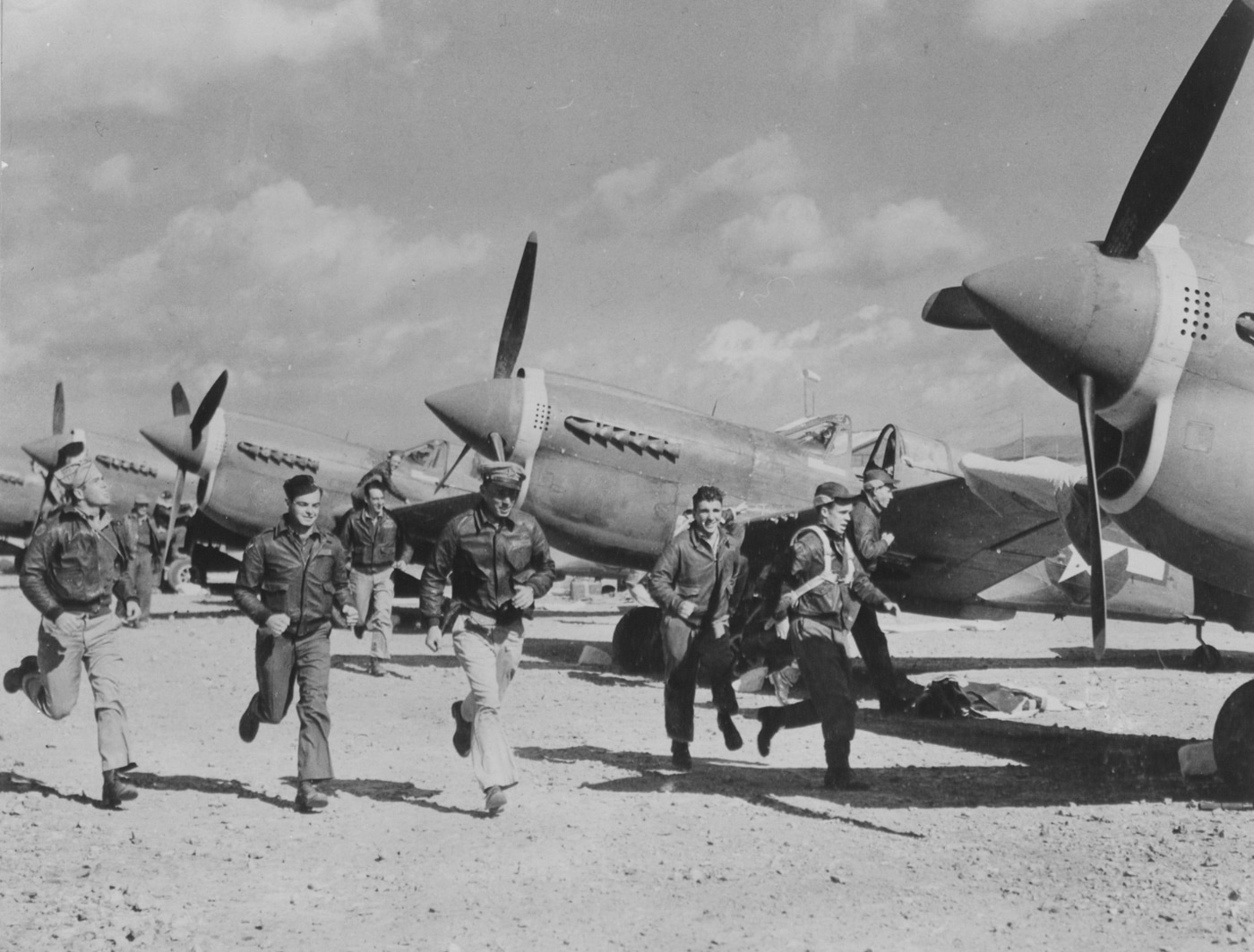
Each of Jock’s .50 calibers started the engagement with 615 rounds of linked four-and-one ball and tracer. That gave him a total of 3,690 rounds. The AN/M2 gun cycled at 850 rounds per minute. That equated to about forty seconds of fire until he was out of ammo. With the North African skies dirty with Bf-109F Messerschmitts, Jock and his wingman felt that two passes was enough. They swung their crates toward home and settled back to cruise speed, warily scanning the skies for vengeful Luftwaffe fighters.
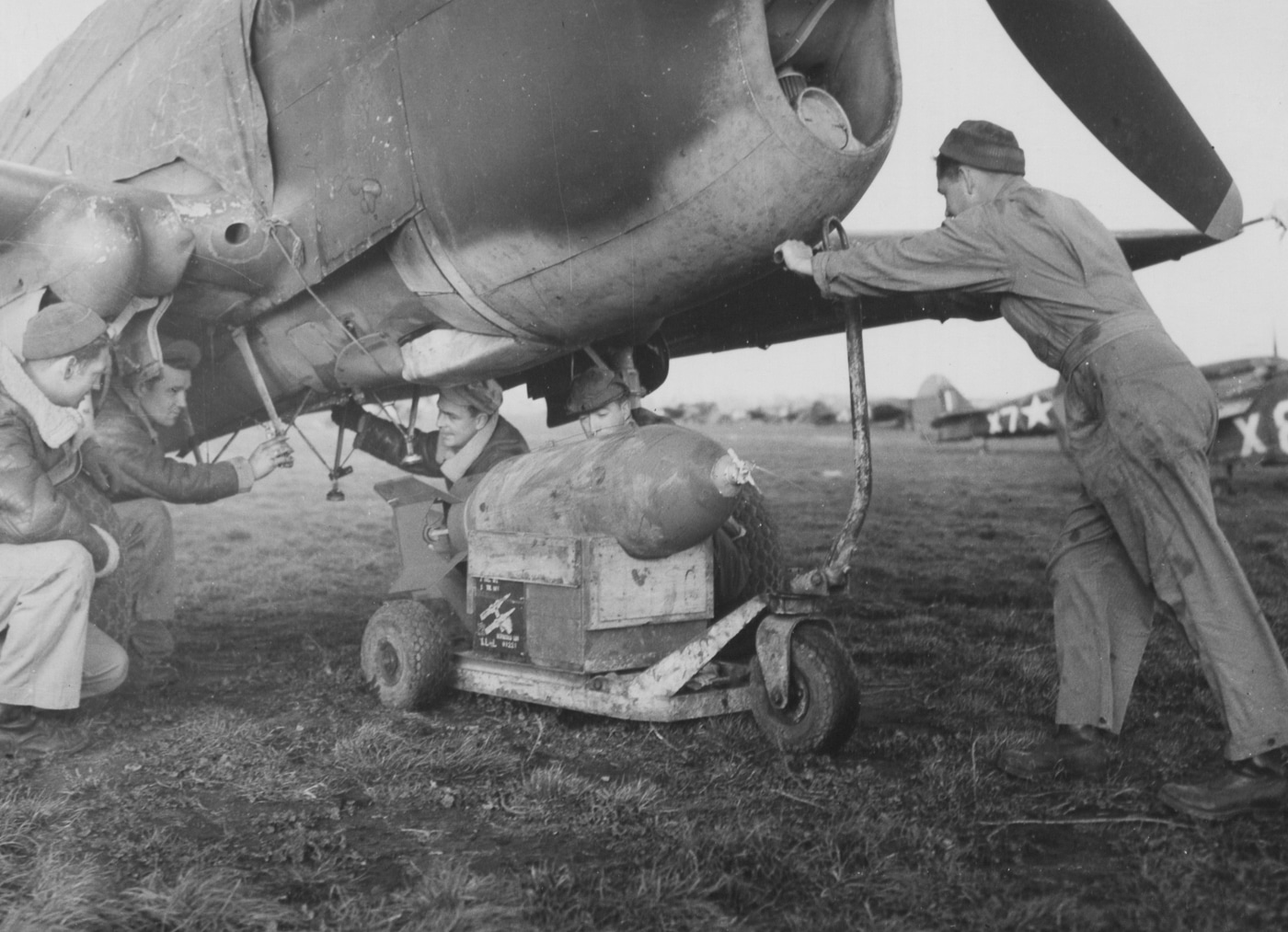
Back on the ground, the Afrika Korps troops slowly made their way back to their vehicles to count the cost. Troops caught in the open were torn to pieces by the ferocious half-inch slugs. Several trucks were on fire as was a halftrack. One Panzerkampfwagen Mk IV tank was badly damaged, and a kubelwagen was a total write-off. Alongside the kubel was Oberstleutnant Claus von Stauffenberg.
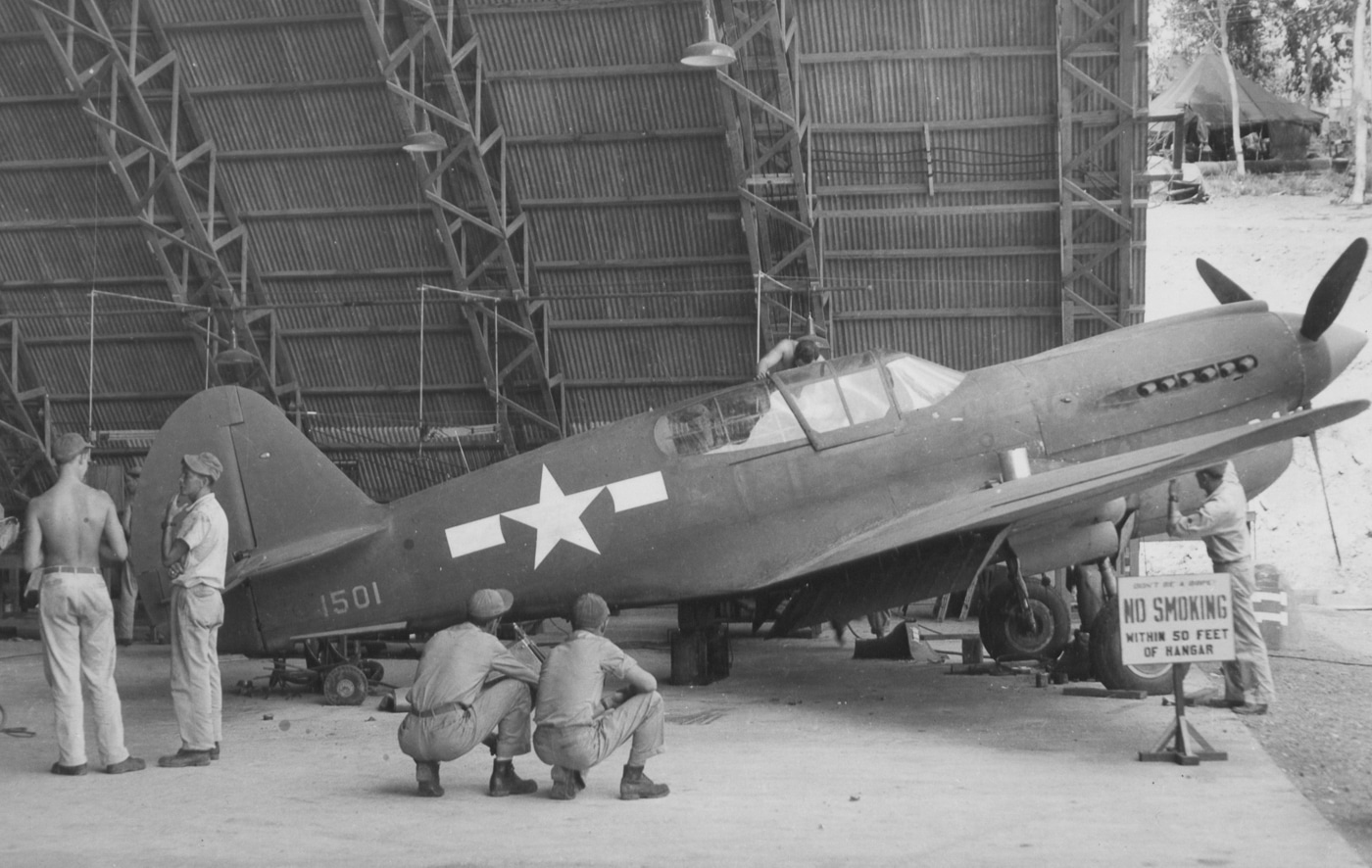
Von Stauffenberg was barely alive. His right hand was shot away, as were two fingers on his left hand. One round had bounced off the ground and then torn out his left eye. A beloved officer, his men cared for him as best they could before evacuating him to the rear for medical treatment. After three months in-hospital in Munich, von Stauffenberg was finally back on his feet. He jokingly told his friends that he had never really known what to do with so many fingers when he still had all of them. He was awarded the Wound Badge in Gold as well as the German Cross for gallantry as a result of this action.
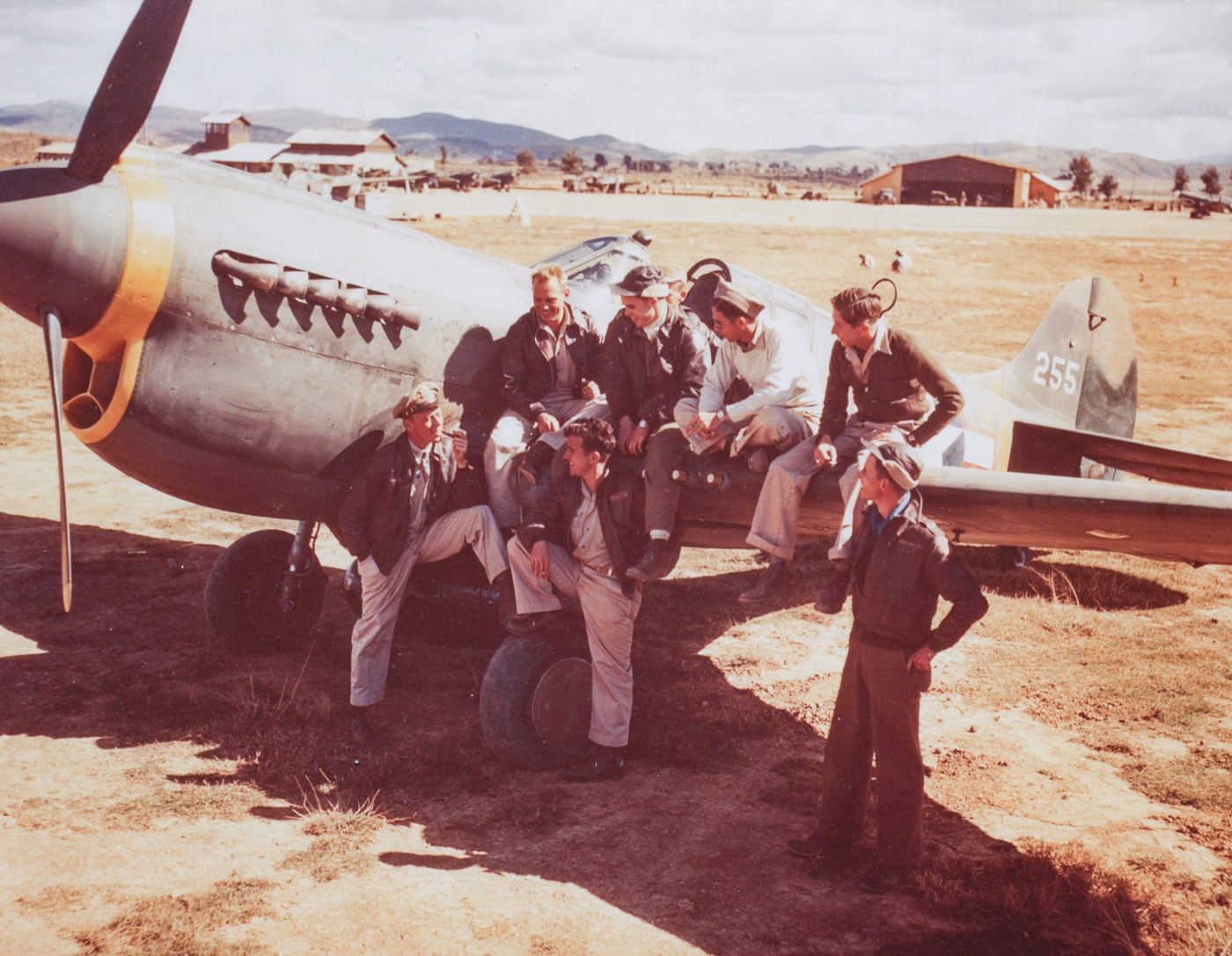
Fifteen months later, Claus von Stauffenberg deposited a 1-kilogram block of plastic explosive equipped with a time pencil underneath the heavy oak table in the Wolfsschanze during a briefing held for Adolf Hitler in what is modern-day Poland. He had started the operation with two blocks of explosive, but his injuries prevented him from arming the second. Von Stauffenberg excused himself minutes before the bomb detonated. Hitler’s stenographer was killed instantly and three German officers ultimately died of their wounds, but Hitler was saved by the heavy table leg that separated him from the device.
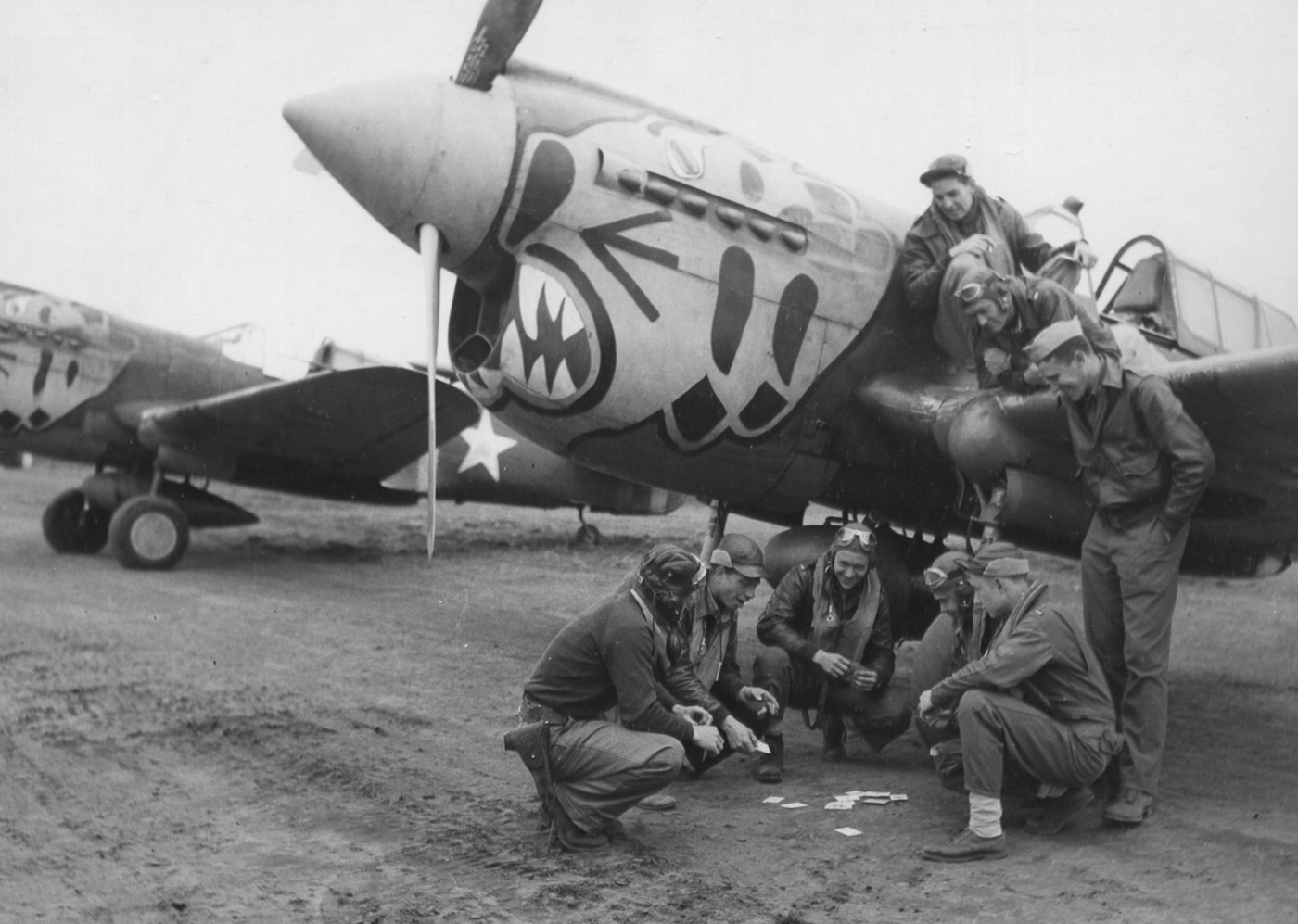
Hitler went on a rage-driven rampage. Heinrich Himmler ultimately killed some 4,980 Germans felt to be disloyal in reprisals. Von Stauffenberg himself was shot outside the Benderblock headquarters in Berlin in the middle of the night while illuminated by the headlights of a military truck. Though the assassination attempt was obviously a failure, the resulting purge and paranoia at the highest levels did substantively advance the Allied cause.
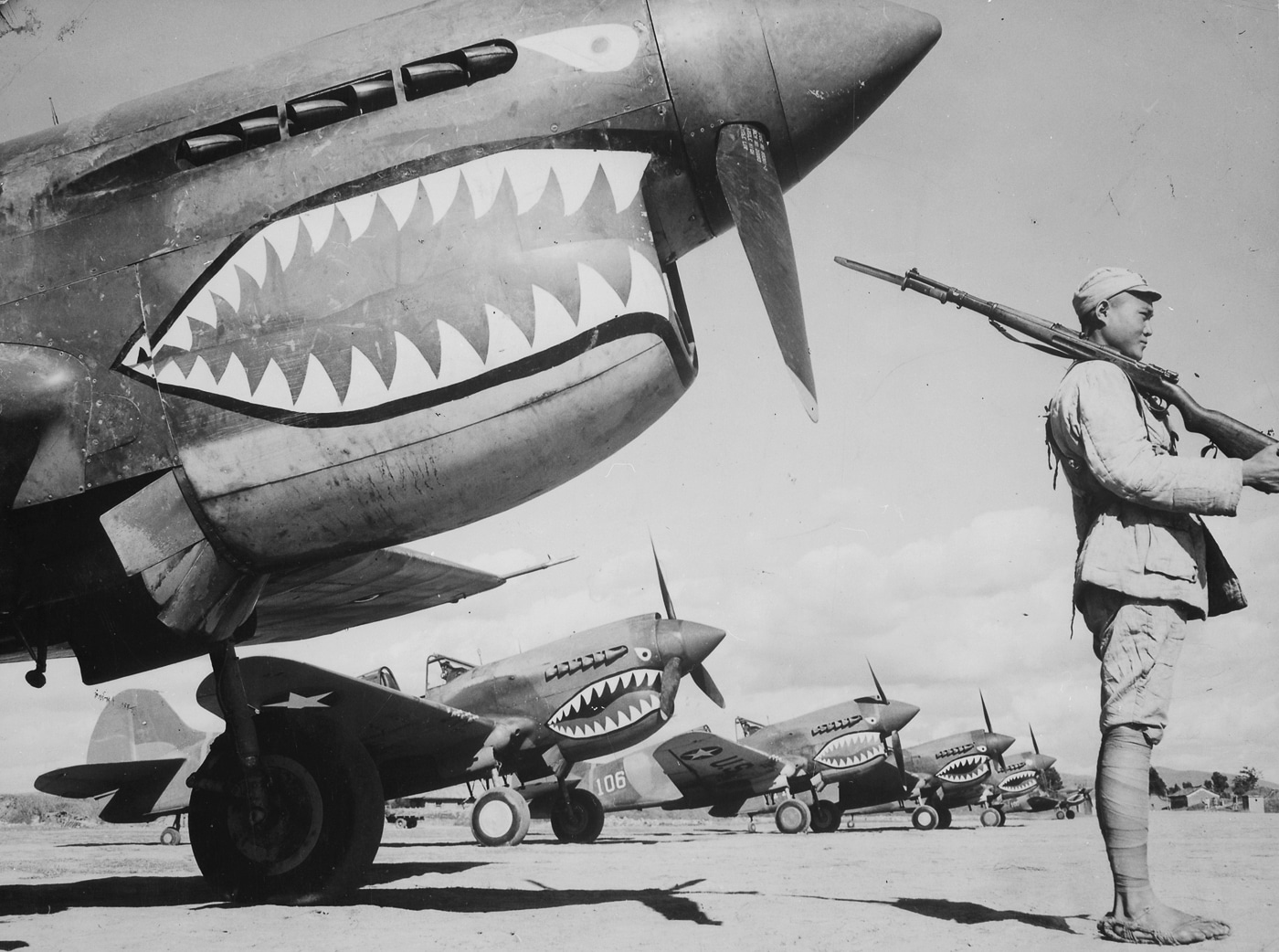
Had von Stauffenberg not been so badly injured he could have easily armed both bombs, and Hitler would have died. However, had it not been for his injuries von Stauffenberg might have remained in an operational assignment and never gotten so close to Hitler. Sometimes in war as in life, little things can be big things.
The Plane
The Curtiss P-40 was the primary fighter aircraft of the U.S. Army Air Corps at the outset of World War II. An advanced all-metal design, the Warhawk first flew in 1938 and entered squadron service a year later. The P-40 was the third-most commonly produced American fighter of the war behind the P-47 Thunderbolt and P-51 Mustang. Some 13,738 copies rolled off the lines. New P-40’s cost Uncle Sam about $36,000 back in the late 1930’s. That would be a bit north of $600,000 today.
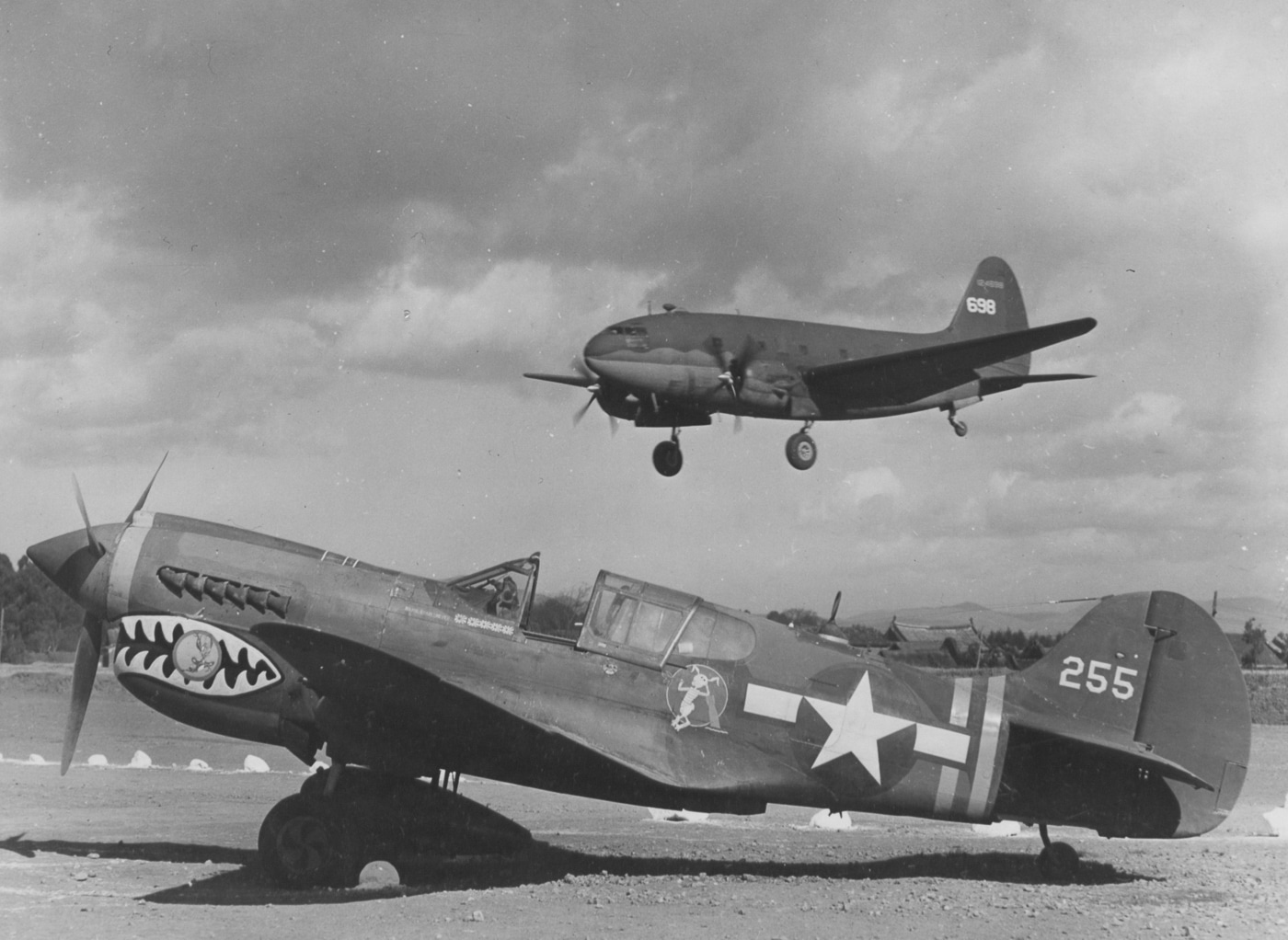
The earliest P-40B was equipped with an Allison V-1710 engine producing 1,040 horsepower. These early planes featured two .50-caliber guns in the engine cowling synchronized to fire through the propellor arc along with four wing-mounted .30-calibers. Later P-40E and K models sported half a dozen fifties in the wings. The planes used by the Australians to nearly kill Claus von Stauffenberg would have been the latter sort.
The Warhawks that were so badly ravaged during the attack on Pearl Harbor were B-models. The definitive wartime version was the P-40E. This plane sported an Allison V-1710-39 V-12 liquid-cooled engine producing 1,240 horsepower. Essentially the same engine was used on the P-38 Lightning. In the case of the twin-engine Lightning, one engine was geared to turn the prop in the opposite direction to help offset torque effects.
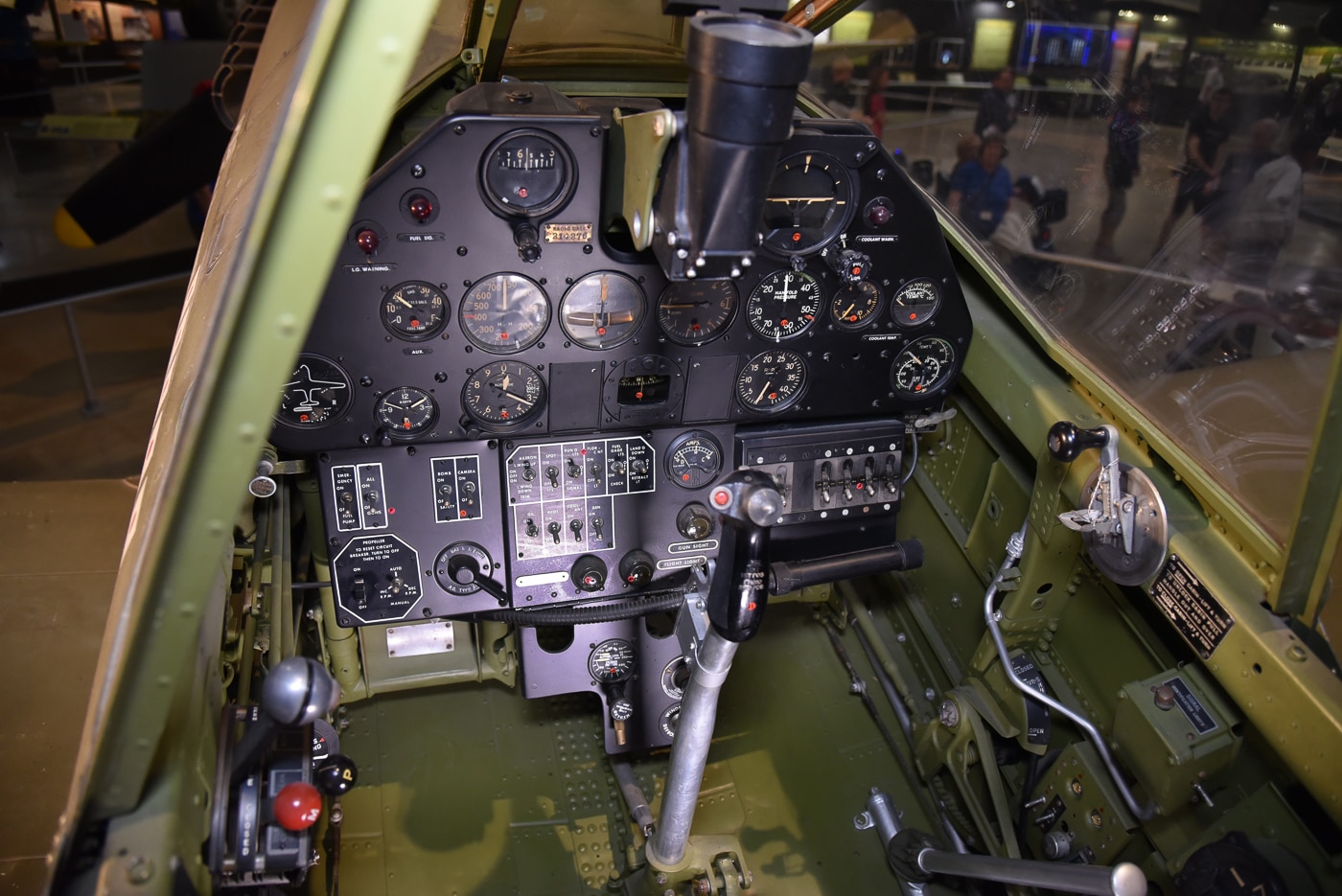
The gaping radiator underneath the big Allison engine lent itself to a shark’s mouth. This flamboyant decoration was pioneered by the P-40’s most famous users, Claire Chennault’s American Volunteer Group — the Flying Tigers. In Commonwealth service, the P-40B and C were called the Tomahawk, while the P-40E and later variants were Kittyhawks.
Impressions
I recently had the opportunity to observe a P-40E up close, and it is a surprisingly large plane. The landing gear struts fold backwards and the wheels rotate to rest flush in their wells. The landing gear of the F4U Corsair has to perform a similar chore. Despite this complexity or perhaps because of it, the Warhawk’s landing track is wide and stable.
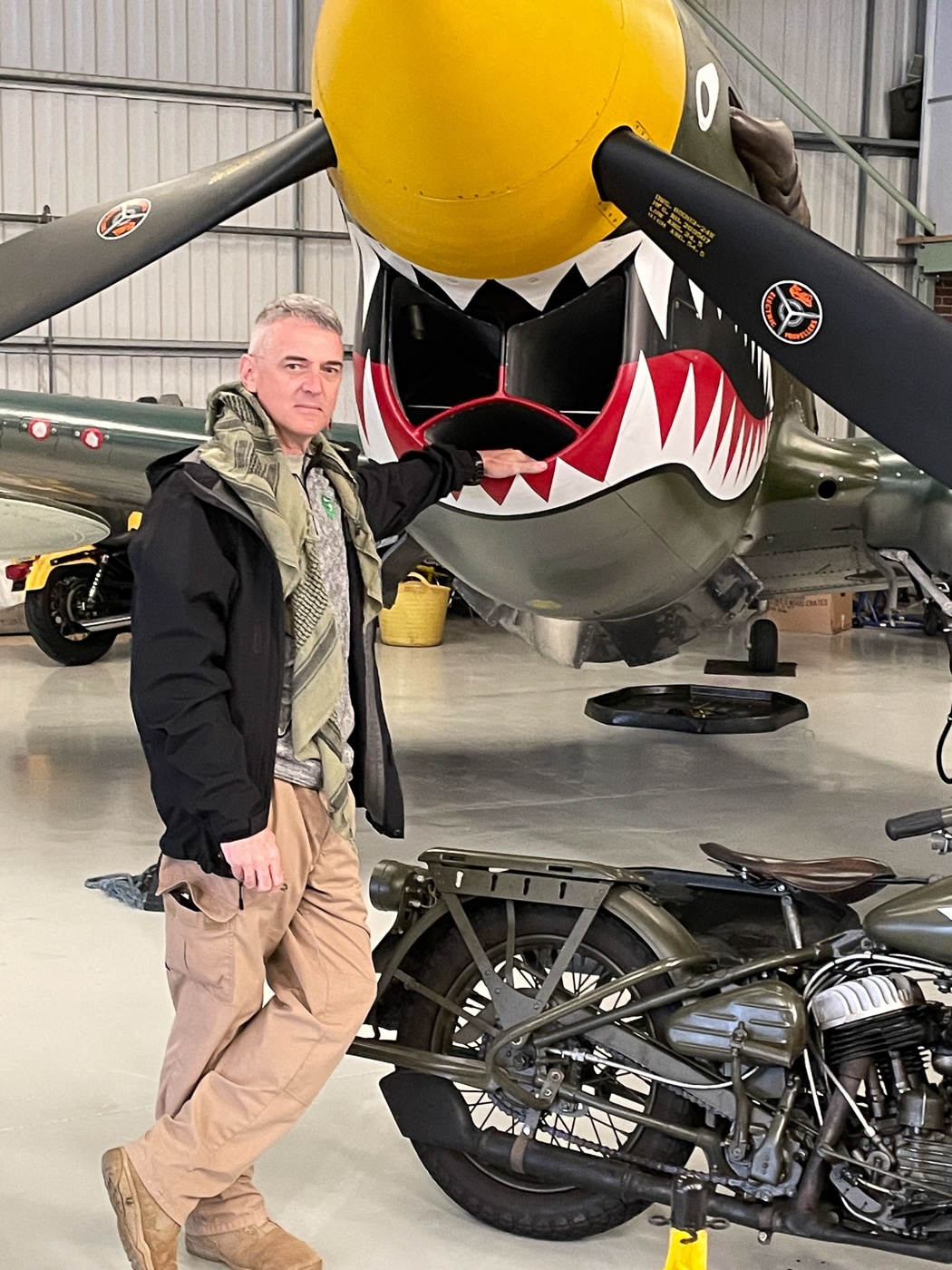
While the P-40 was heavy for its era and struggled in the close fight with Japanese Zeroes and German Messerschmitts, it was a slippery design that built up speed quickly in the dive. As a result, Allied pilots were trained to engage in slashing attacks at high speed and from altitude whenever possible. This maximized the capabilities of the P-40 while negating some of the advantages of enemy planes.
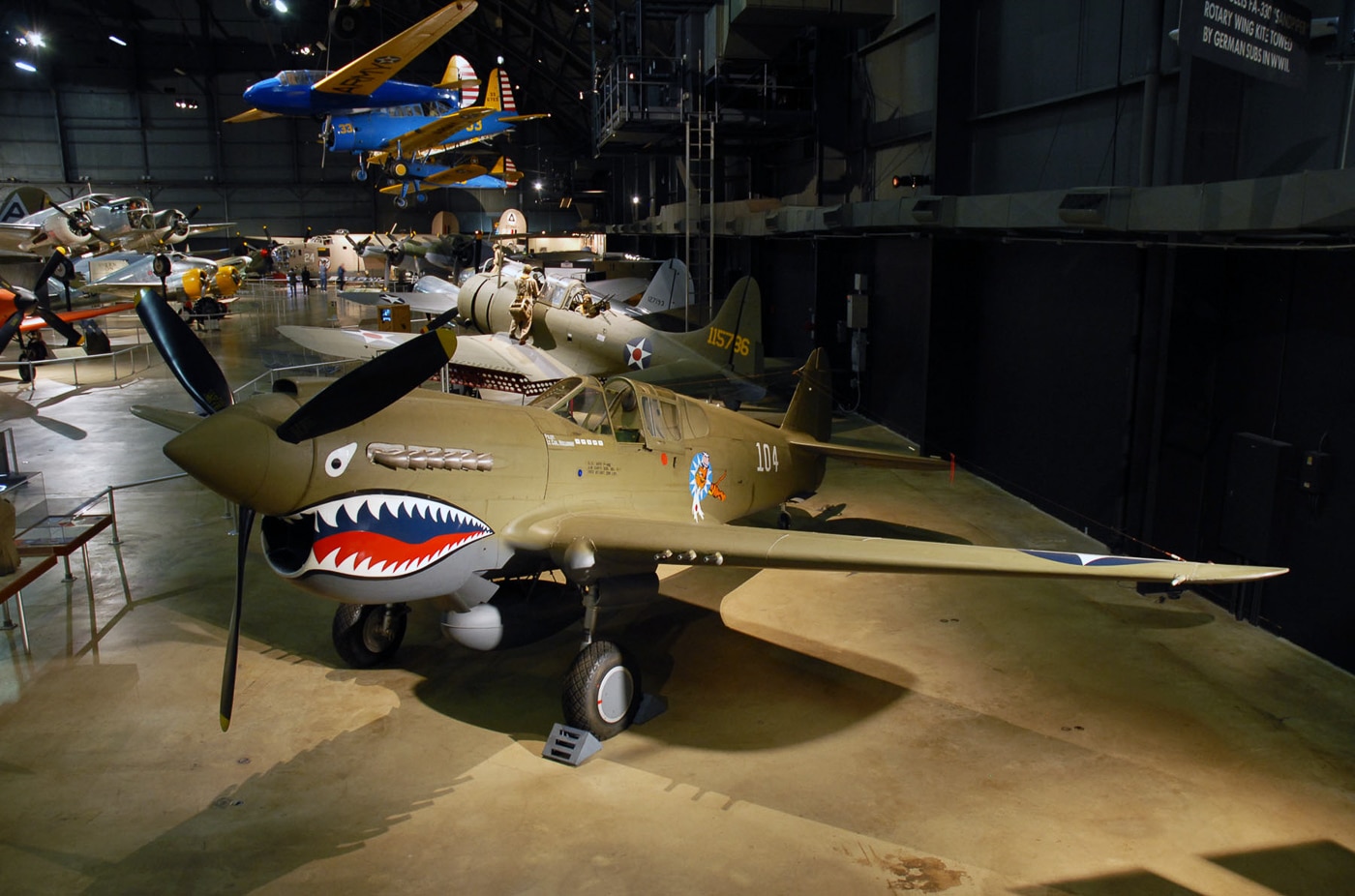
The P-40 Warhawk is a beautiful war machine that just drips history. While such planes were cheap in the immediate aftermath of the war, they are breathtakingly expensive today. Early in the conflict as America struggled to find its war footing, it was the P-40 Warhawk that took the fight to the enemy. The vengeance it wrought eventually led to crushing defeat for the Axis powers.
Special thanks to www.flyaspitfire.com for the rare opportunity to study one up close.
Editor’s Note: Please be sure to check out The Armory Life Forum, where you can comment about our daily articles, as well as just talk guns and gear. Click the “Go To Forum Thread” link below to jump in and discuss this article and much more!
Join the Discussion
Featured in this article
Continue Reading
Did you enjoy this article?

 516
516




